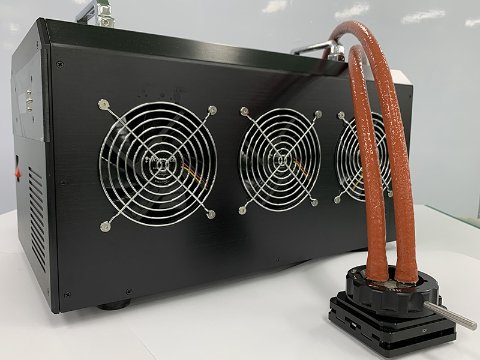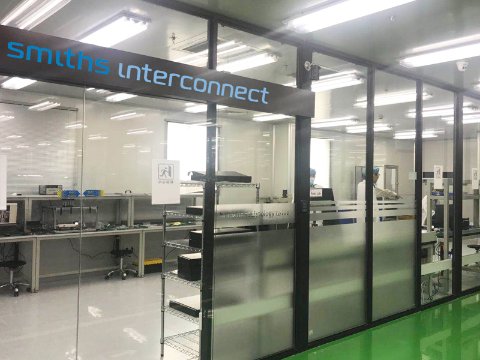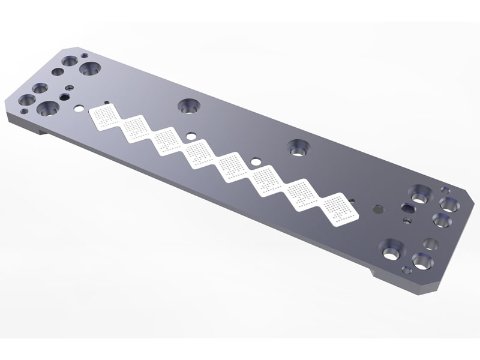- Design flexibility, in-house tooling and molds allow for the lowest cost of test.
- Extensive catalog of components andconfigurable options
- Proven track record of reducing the cost of test leveraging modular components, automated assembly, and short lead times.
- Exceptional electrical performance providing wide RF bandwidth
Feature options
- For QFN,QFP,LCC, SOIC, BGA, and LGA spring loaded plunger
- Heat sink
- HAST venting features
- Integrated thermal control with heater and sensor.
- Reverse seating plane
- High temperature materials for above 200 °C applications






